You can trust that your donation will be used to support better health outcomes for you and your family.
OUR PROMISE
Without you, the Perkins would cease to exist. We value you – your
opinion, your financial contribution and your friendship.

BE GENUINE

BE TRUTHFUL
Your contributions will support where there is the greatest need, unless otherwise directed by you.

BE APPRECIATIVE
We don’t take your friendship for granted. We will listen to what you have to say and respect your wishes.

BE PROTECTIVE
Your personal information is private. We are proactive and take measures to keep your information safe.

BE RESPECTFUL
You play a role in our achievements. We will always share the impact of your generosity.
OUR IMPACT
It’s through the support of the WA community, that a bold vision to improve community health has resulted in life-changing outcomes for many Australian families. A seed planted in 1998 to grow a world-class research environment in Perth evolved into a leading institute delivering outcomes that each day move us closer to new treatments and better healthcare for everyone.
Global leader
Our teams are working with researchers from all over the world to find new and better ways to improve health for our families and yours.
Collaborators in 97 cities, 29 countries, 6 continents.
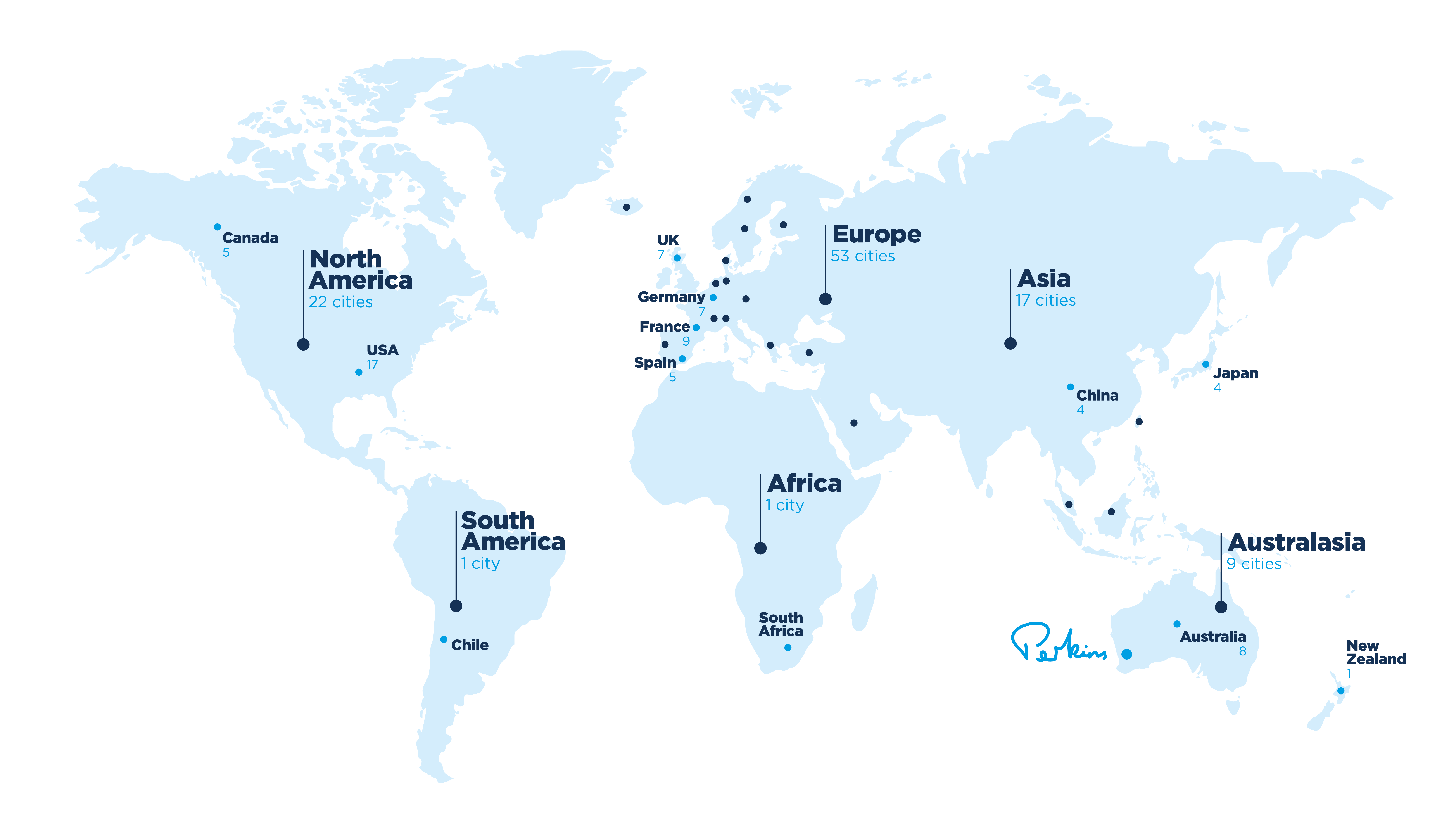
Major Highlights
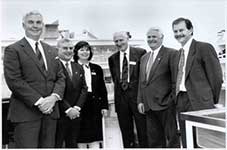
1998
The Western Australian Institute for Medical Research (WAIMR) is established as a collaboration between Royal Perth Hospital, Sir Charles Gairdner Hospital and The University of Western Australia. Director Professor Peter Klinken leads 27 researchers in three teams investigating different facets of cancer.

1999
Wesfarmers becomes a major sponsor with a $5 million donation – at the time, the biggest corporate donation to medical research in Australia’s history. WAIMR becomes Australia’s first multi-campus research institute for the study of adult disease.

2000
The Institute expands to investigate heart disease, asthma, cancer and immunology, neuroscience, neurotrauma, metabolism and musculoskeletal conditions.

2001
Perkins researchers contribute to important research into a new way to engineer virus-like particles for drug delivery.

2002
Perkins researchers find that a gene called sonic hedgehog (Shh) was crucial for rapid, extensive expansion of the developing brain.

2003
Fremantle Hospital becomes a partner. Perkins researchers investigate a type of legume thought to have properties that reduce the incidence of breast cancer.

2004
Diabetes researchers at the Perkins lead the creation of the world's most powerful genetic resource. This enables rapid identification of genes for complex traits, helping researchers around the world make important advances in melanoma, mesothelioma, diabetes, dementia, heart disease and much more.

2005
Neurogenetic researchers at the Perkins discover that a particular gene mutation causes Laing distal myopathy – a condition named after the team leader, Professor Nigel Laing AO. It is believed that Laing distal myopathy is the commonest distal myopathy in the world and the breakthrough led to diagnosis and answers for patients.

2006
Our teams discover a new gene called SLIRP that effects breast and prostate cancer, diabetes and fertility.

2007
Professor Laing’s team finds that mutations in a skeletal muscle gene is the cause of many cases of a severe condition that paralyses babies in the womb. The discovery helps parents have healthy babies.
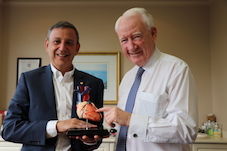
2007
Scientists at the Perkins undertake a major study into whether a drug used for generations to treat gout could be used to prevent heart attacks.

2008
A major discovery into how to normalise highly chaotic cancer blood vessels is made by Perkins researchers. Tumour blood vessels can act as a barrier to stop immune cells and medicines reaching the cancer, and our researchers are creating treatments that supercharge our immune cells and break down the tumour barrier in one life-saving hit.

2009
Perkins researchers identify of over 40 genes that affect the risk of someone developing Type 1 Diabetes.

2010
Linear Clinical Research Ltd is established as WA’s only dedicated and Australia’s most advanced early phase clinical trials facility. Linear is a step towards helping Perkins researchers move their discoveries from the lab bench to the patients who need them most.

2011
Researchers at the Perkins discover a gene that is required by our bodies to produce the energy they need. The improved understanding of how these genes work gives new insights into how energy production can fail in metabolic disease, diabetes and cancer.
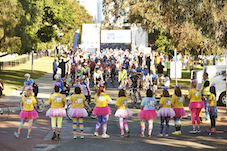
2012
The first major cycling event to support cancer research at the Perkins is held and 1219 riders raise $4.6 million.

2013
Our teams make a ground breaking discovery in new ways that silence the genes that drive breast cancer growth.

2014
The Perkins moves into a state-of-the-art research facility at the QEII Medical Centre; the Institute is renamed in honour of inaugural Chairman, Harry Perkins; and Professor Peter Leedman takes up Directorship.
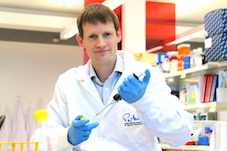
2015
A new treatment targeting chronic kidney disease is developed by Perkins researchers.
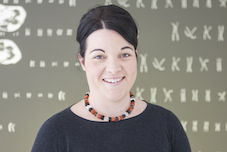
2016
Perkins researchers demonstrate that a recessive gene mutation causes some cases of sudden infant death. The discovery could help screen for affected babies.
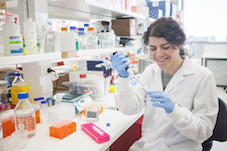
2016
Perkins scientists develop new method to tackle aggressive breast cancer, more effective than current treatments, using nanoparticles to deliver anti-cancer drugs right to the tumour.
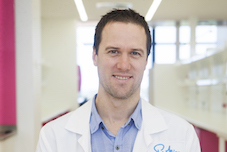
2017
A Perkins-led landmark study doubles the estimate of our functional genes and finds evidence of evolutionary selection, which links with major diseases in a poorly understood class of genes.

2018
Perkins researchers uncover evidence linking obesity and metabolic dysfunction to a problem in the energy generators in cells.
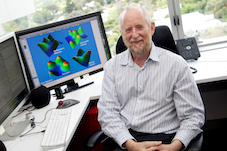
2018
Perkins team finds new way to defend against Type 2 Diabetes

2019
New Perkins facility opens to help Perth melanoma patients.

2019
WA’s first pre-pregnancy screening program for genetic disease is launched by Perkins researchers.
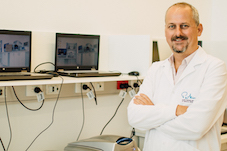
2019
World-class cell sequencing centre opens and is set to transform cancer research in WA.
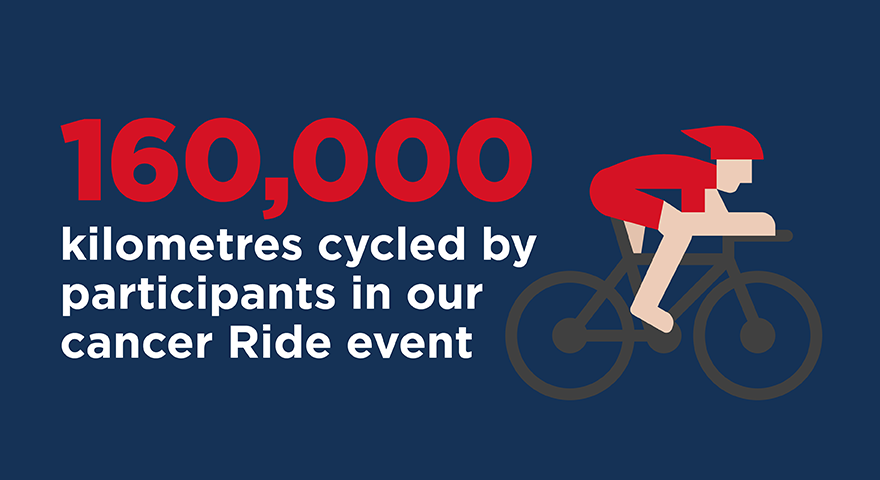
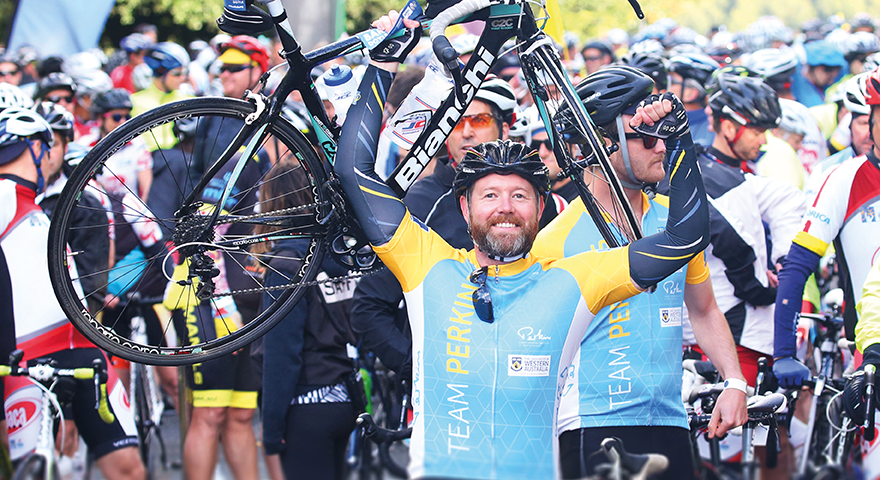

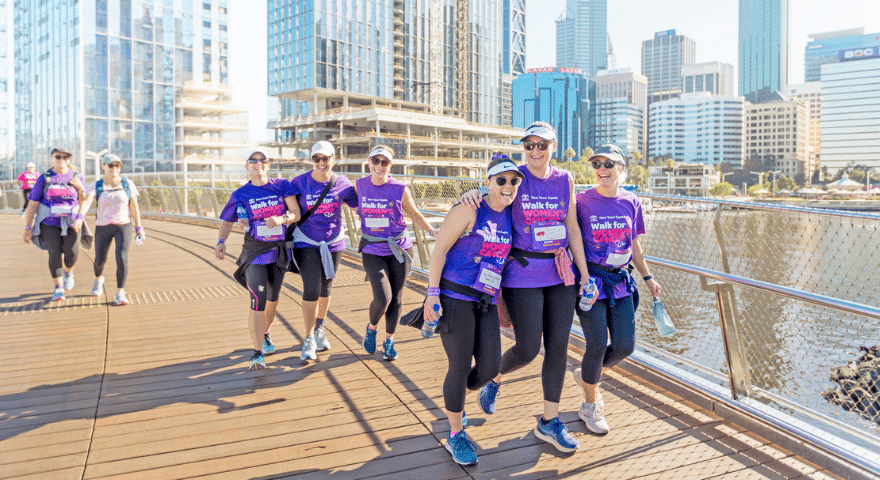
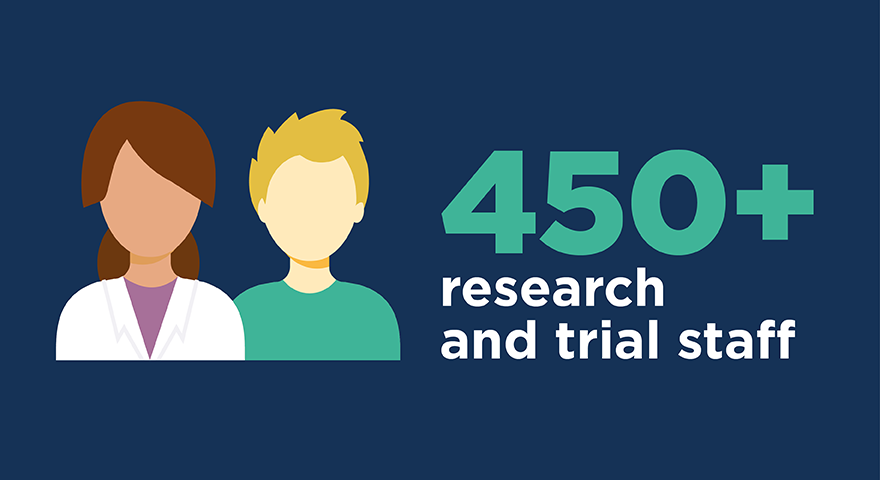
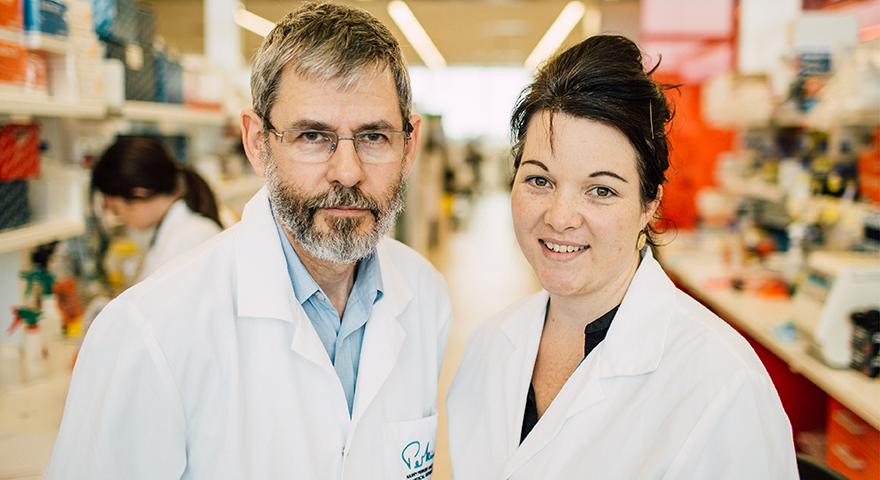
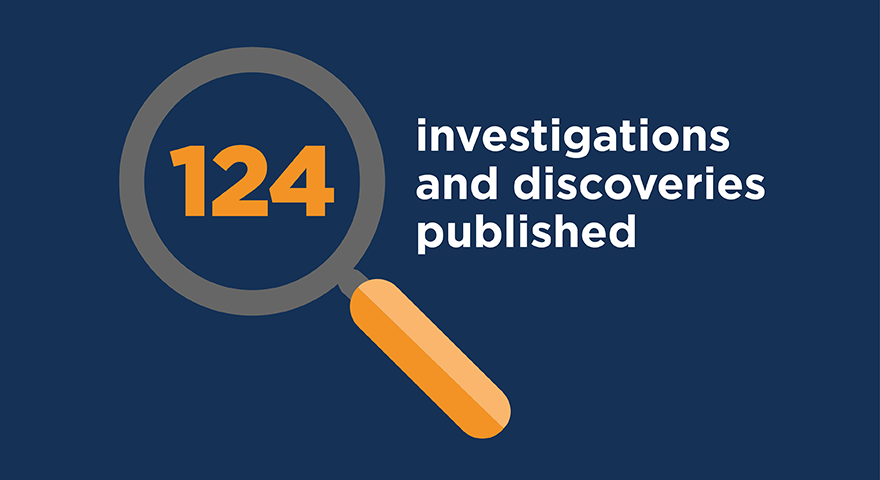

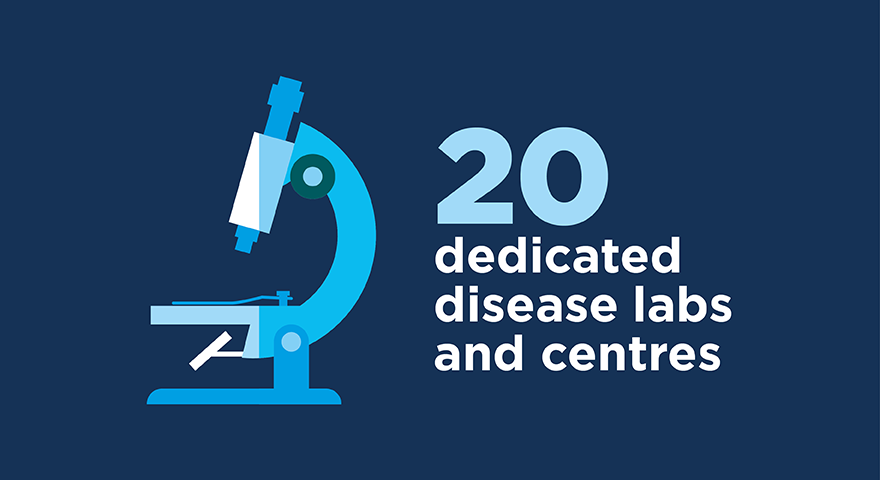
Stay in the loop
Be the first to hear about upcoming events, latest discoveries and opportunities to help support our research!
